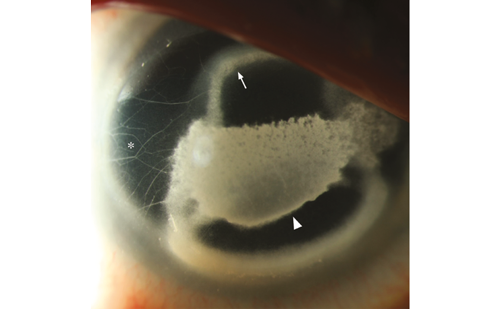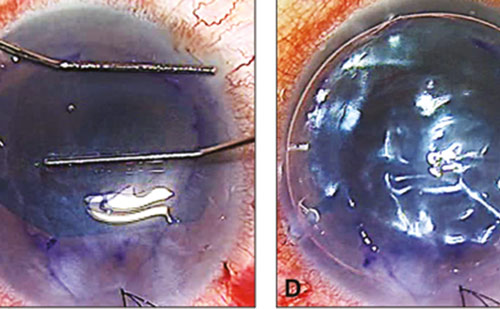The current issue of European Ophthalmic Review presents a stimulating mix of expert reviews, case studies and reportage from the ophthalmology society meetings.
Satellite symposia reports feature the subjects of aflibercept in diabetic macular oedema (DMO) (Korobelnik et al.) and DMO management, in particular relating to corticosteroid use (Augustin et al.) Quhill and Paulo and Eckardt describe important case studies on the effectiveness of the ILUVIEN implant in DMO patients in whom therapy with ranibizumab did not result in sustained improvements.
Diagnosis, management and future objectives in severe dry eye disease are outlined by van Setten et al. while Packer et al. review the state-of-the-art LENSAR® Laser System in femtosecond cataract surgery. Robotic systems to assist in ophthalmic surgery is another surgical focus and Nelson et al. call attention to recent progress in magnetically actuated microrobotics for ophthalmic therapies. Improvements in glaucoma treatment and the importance of preservative-free medications are underscored by Traverso et al., and Mosaed presents the primary outcome results of the global Trabectome experience. Willoughby looks at early detection of Fabry Disease and the important role of ophthalmology.
A review by Michalewska et al. highlights the contribution and potential of a new non-invasive imaging technique, swept source optical coherence tomography, in improving our understanding of choroidal anatomy and function in a variety of retinal and chorioretinal diseases.
European Ophthalmic Review would like to thank all expert authors who contributed towards this edition. Special thanks go to our Editorial Board for their continuing support and guidance.













